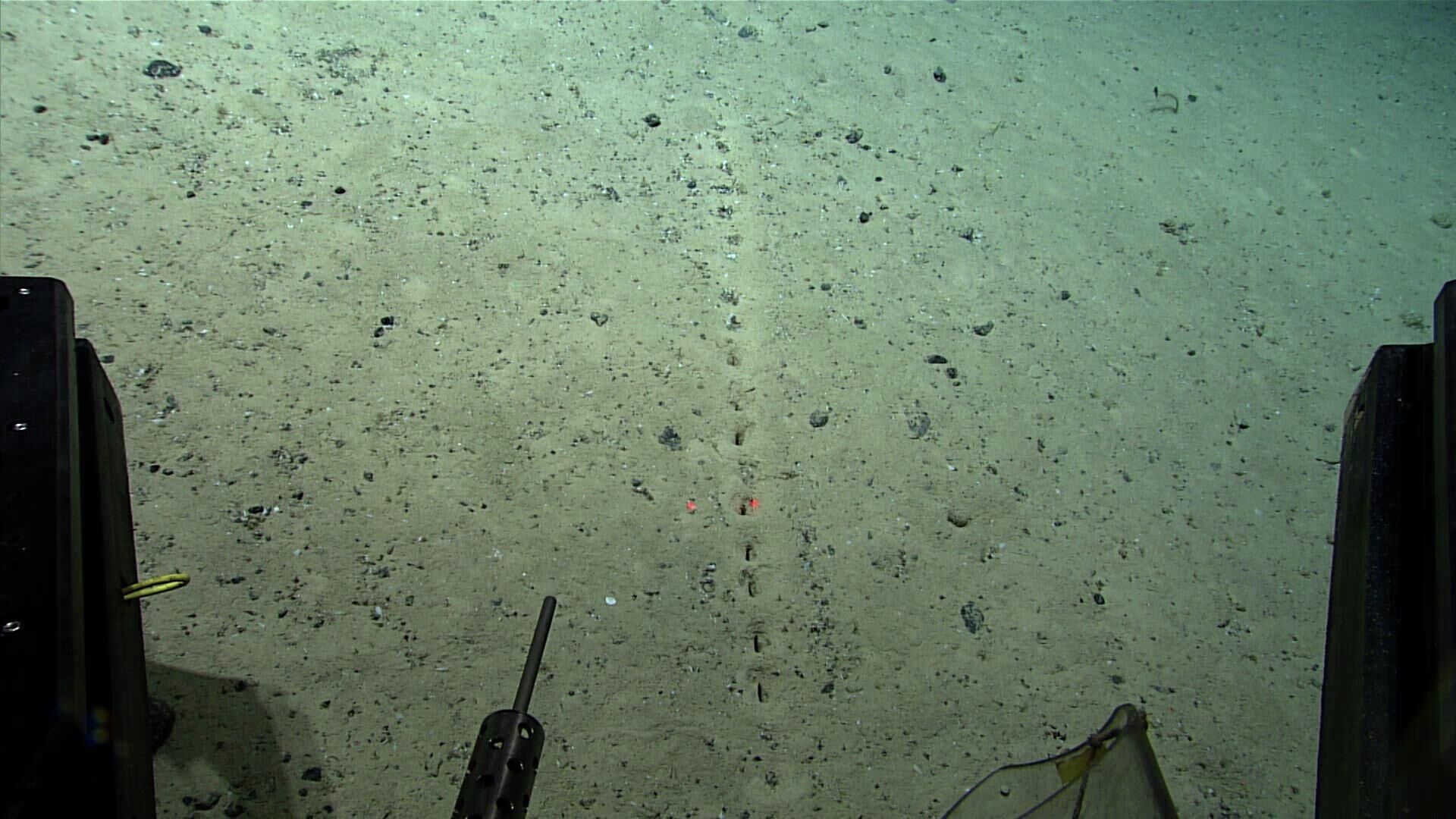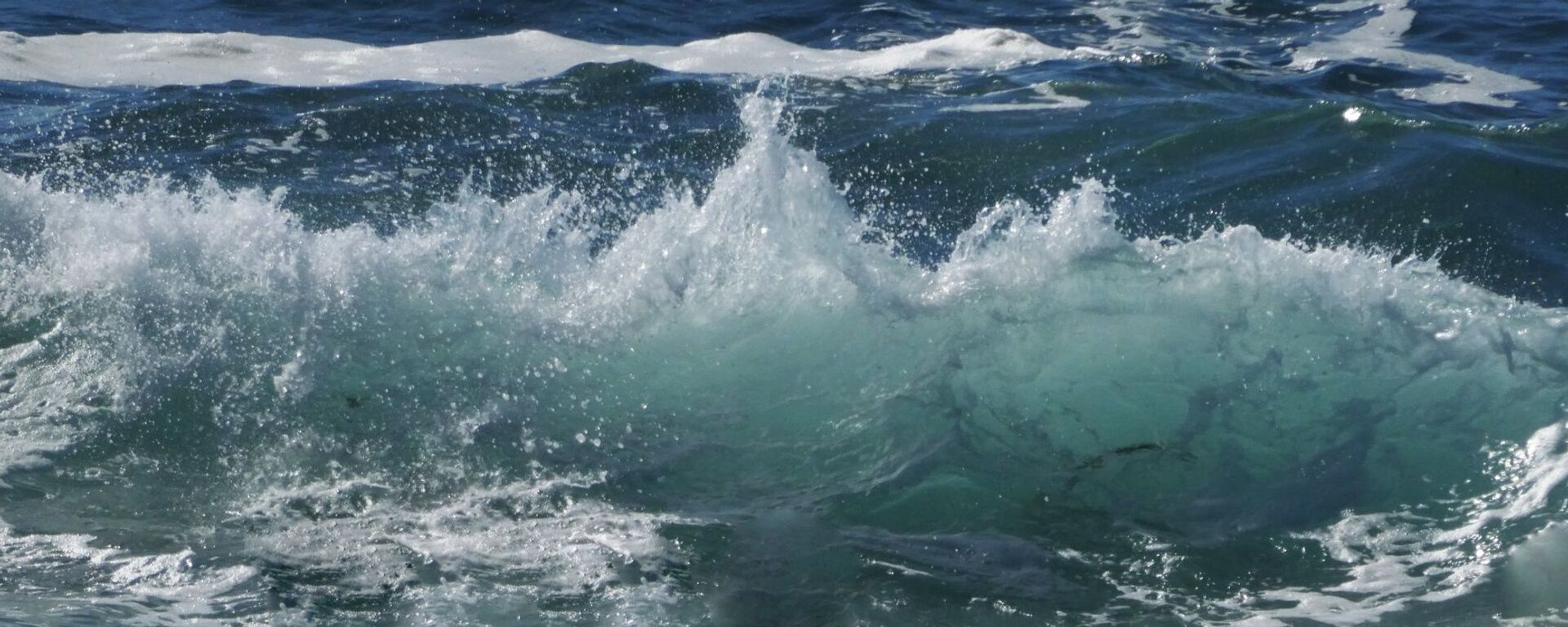https://sputnikglobe.com/20220808/dna-sampling-may-shed-light-on-mystery-of-deep-sea-holes-in-atlantic-1099397474.html
DNA Sampling May Shed Light on Mystery of Deep Sea Holes in Atlantic
DNA Sampling May Shed Light on Mystery of Deep Sea Holes in Atlantic
Sputnik International
Strange holes have been discovered by the US National Oceanic and Atmospheric Administration (NOAA) on the seabed around the mid-Atlantic Ridge, hundreds of... 08.08.2022, Sputnik International
2022-08-08T17:53+0000
2022-08-08T17:53+0000
2022-08-08T18:51+0000
science & tech
atlantic ocean
dna
research
https://cdn1.img.sputnikglobe.com/img/07e6/07/1b/1097865760_0:0:1920:1080_1920x0_80_0_0_8f0a85ce562ad8eb464c529bd8a165b5.jpg
Marine researchers intend to investigate strange holes that were found on the bottom of the Atlantic Ocean.Last month, NOAA released images of small cavities arranged in lines that were discovered on the seabed around the mid-Atlantic Ridge, at a depth of around 2.5 kilometers.Researchers initially appeared uncertain about what produced the holes, with NOAA even asking people on social media to provide ideas.Now, however, NOAA has collected water samples from the area in an attempt to find some “environmental DNA” that might shed light on this mystery, according to Newsweek.Vecchione argued that animals are the likely culprits, but in that case, it is still unclear what purpose the holes would serve and how they were created."What I think is going on is that something is burrowing under the surface of the mud and periodically poking up chimneys, perhaps to get clean water down into its burrow and make it more habitable," he suggested.The other alternative, Vecchione said, is that “something above the sediment is poking down, over and over again, sort of like a shorebird does.”Vecchione pointed out, however, that while there are “a lot of other suggestions,” they still fail to explain the “remarkable” regularity of the holes’ spacing.
https://sputnikglobe.com/20220610/rna-viruses-infecting-sea-creatures-may-affect-carbon-flow-in-ocean-study-says-1096201221.html
atlantic ocean
Sputnik International
feedback@sputniknews.com
+74956456601
MIA „Rossiya Segodnya“
2022
News
en_EN
Sputnik International
feedback@sputniknews.com
+74956456601
MIA „Rossiya Segodnya“
Sputnik International
feedback@sputniknews.com
+74956456601
MIA „Rossiya Segodnya“
science & tech, atlantic ocean, dna, research
science & tech, atlantic ocean, dna, research
DNA Sampling May Shed Light on Mystery of Deep Sea Holes in Atlantic
17:53 GMT 08.08.2022 (Updated: 18:51 GMT 08.08.2022) Strange holes have been discovered by the US National Oceanic and Atmospheric Administration (NOAA) on the seabed around the mid-Atlantic Ridge, hundreds of meters below the surface.
Marine researchers intend to investigate strange holes that were found on the bottom of the Atlantic Ocean.
Last month, NOAA released
images of small cavities arranged in lines that were discovered on the seabed around the mid-Atlantic Ridge, at a depth of around 2.5 kilometers.
Researchers initially appeared uncertain about what produced the holes, with NOAA even asking people on social media to provide ideas.
Now, however, NOAA has collected water samples from the area in an attempt to find some “environmental DNA” that might shed light on this mystery, according to Newsweek.
"That's useful because animals shed DNA into their environment, and you can sequence it and sometimes you can find out what animals are nearby," Mike Vecchione, a research zoologist with NOAA Fisheries' National Systematics Laboratory, told the magazine. "But it'll be a few weeks, probably, before we get an answer back from that. I don't know whether the answer will tell us anything about what's causing the holes or not."
Vecchione argued that animals are the likely culprits, but in that case, it is still unclear what purpose the holes would serve and how they were created.
"What I think is going on is that something is burrowing under the surface of the mud and periodically poking up chimneys, perhaps to get clean water down into its burrow and make it more habitable," he suggested.
The other alternative, Vecchione said, is that “something above the sediment is poking down, over and over again, sort of like a shorebird does.”
“If you watch the peeps along the edge of the waves at the beach, they'll walk along and poke their bill down into sediment to try and find things to eat. I don't think that's it, because we don't ever see any tracks beside these lines,” he remarked.
Vecchione pointed out, however, that while there are “a lot of other suggestions,” they still fail to explain the “remarkable” regularity of the holes’ spacing.


